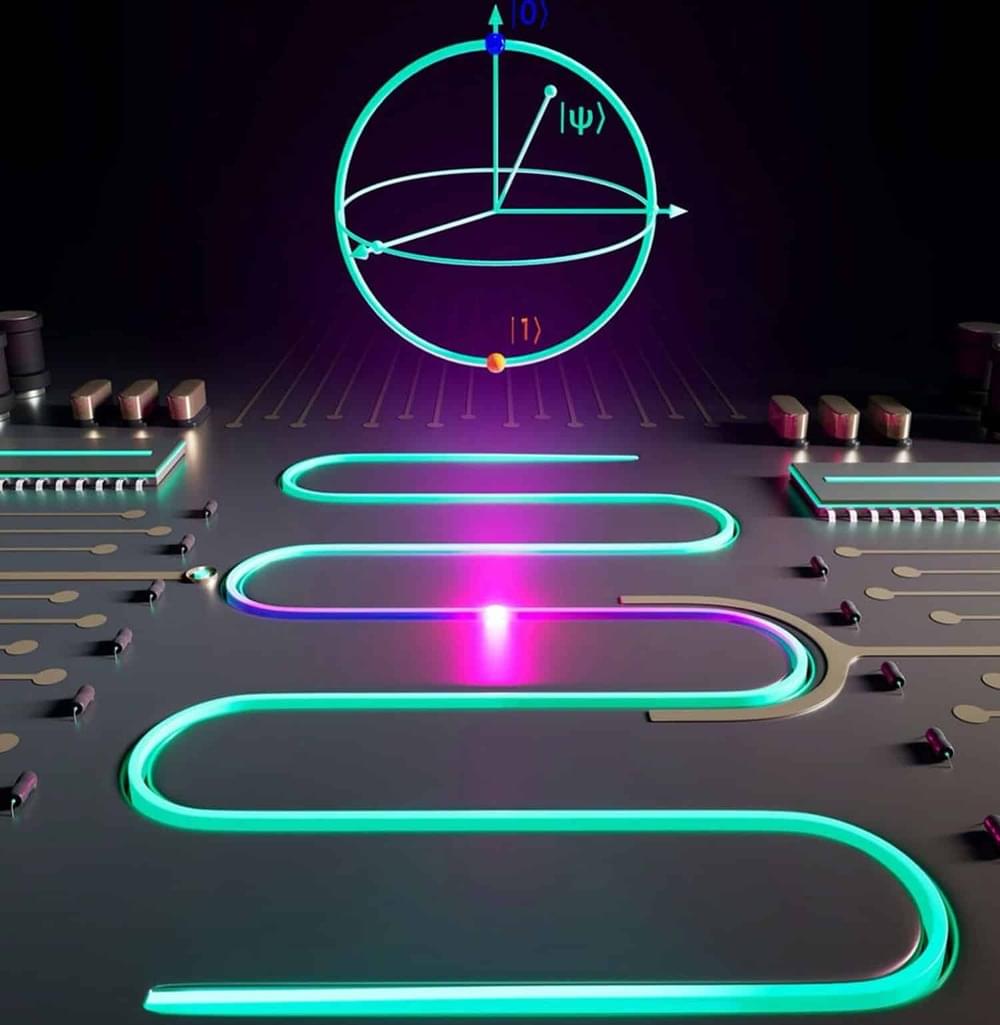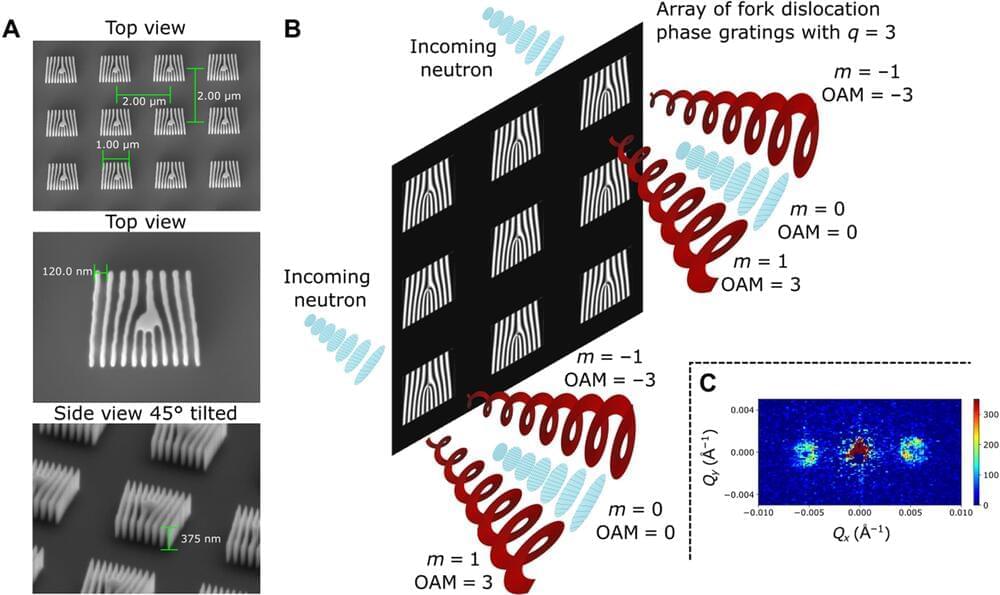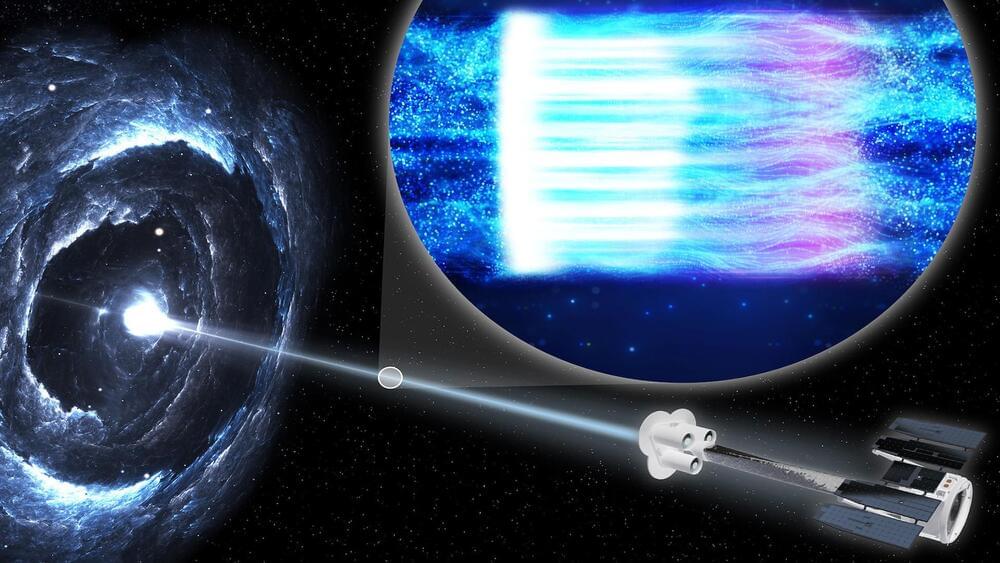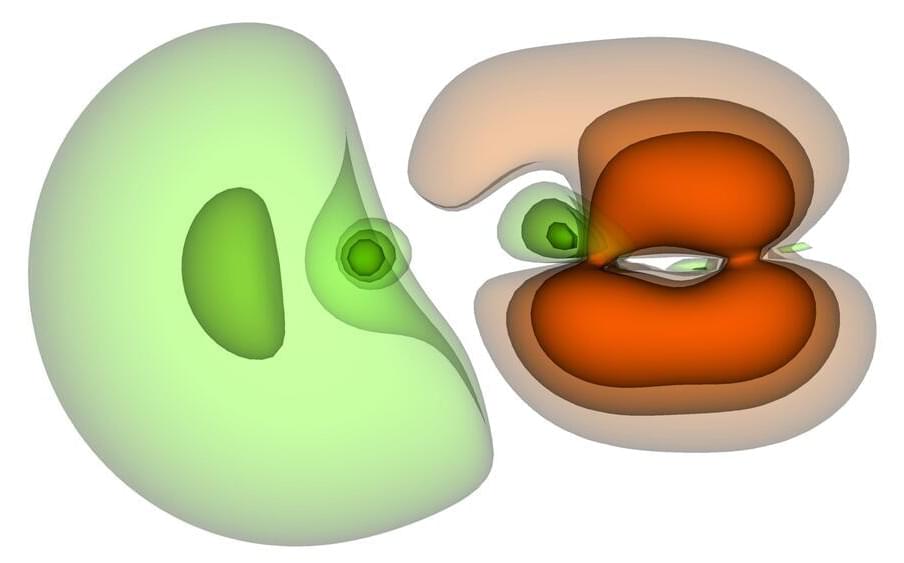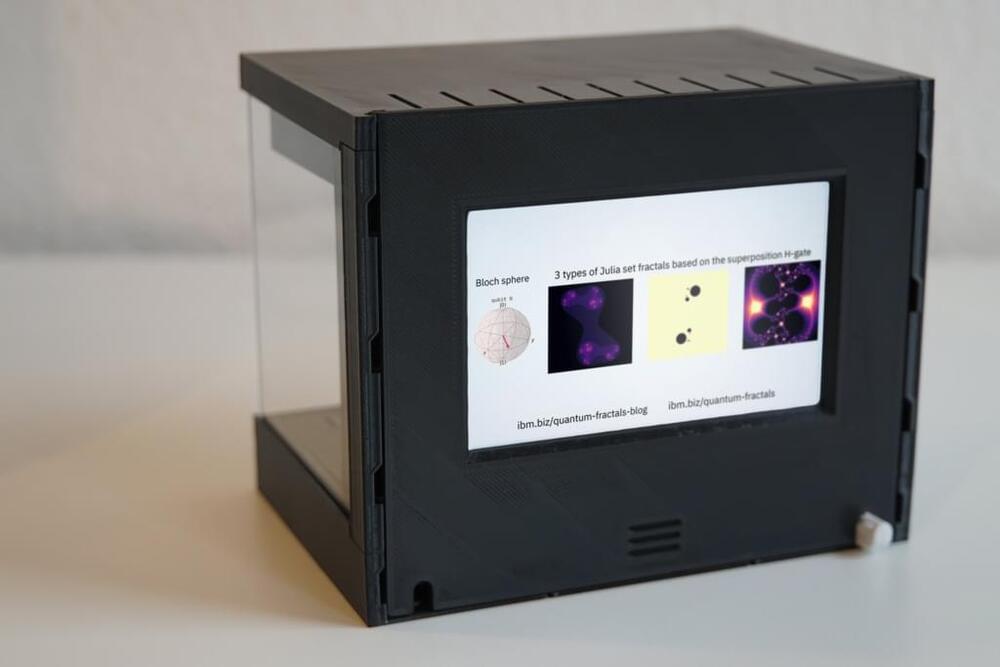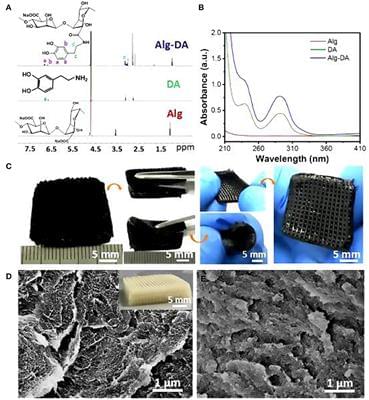Archive for the ‘computing’ category: Page 310
Nov 24, 2022
Atomic transistors based on seamless lateral metal-semiconductor junctions with sub-1-nm transfer length
Posted by Kelvin Dafiaghor in categories: computing, materials
A recent study, affiliated with South Korea’s Ulsan National Institute of Science and Technology (UNIST) has reported a scalable synthetic strategy to fabricate low-resistance edge contacts to atomic transistors using a thermally stable 2D metal, namely PtTe2.
Developing cheaper, smaller, and better-performing semiconductors with materials other than silicon (Si), is expected to gain momentum, thanks to a recent study from UNIST. This will aid in reducing the space between semiconductors and metals within semiconductor devices to ∼1 nm, which could help maintain high performance.
Published in the August 2022 issue of Nature Communications, this study has been jointly led by Professor Soon-Yong Kwon and Professor Zonghoon Lee in the Department of Materials Science and Engineering at UNIST.
Nov 23, 2022
How to test whether we’re living in a computer simulation
Posted by Saúl Morales Rodriguéz in categories: alien life, computing, particle physics

Physicists have long struggled to explain why the universe started out with conditions suitable for life to evolve. Why do the physical laws and constants take the very specific values that allow stars, planets and ultimately life to develop? The expansive force of the universe, dark energy, for example, is much weaker than theory suggests it should be—allowing matter to clump together rather than being ripped apart.
A common answer is that we live in an infinite multiverse of universes, so we shouldn’t be surprised that at least one universe has turned out as ours. But another is that our universe is a computer simulation, with someone (perhaps an advanced alien species) fine-tuning the conditions.
Continue reading “How to test whether we’re living in a computer simulation” »
Nov 23, 2022
Glass-like shells of diatoms help turn light into energy in dim conditions
Posted by Saúl Morales Rodriguéz in categories: computing, solar power, sustainability
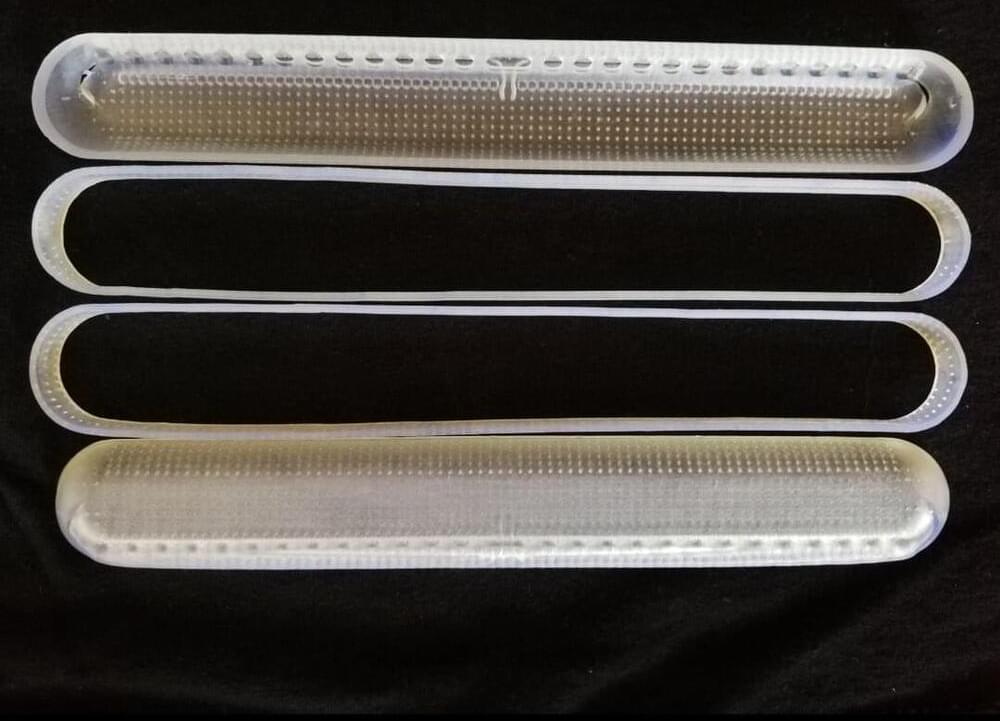
A new study has revealed how the glass-like shells of diatoms help these microscopic organisms perform photosynthesis in dim conditions. A better understanding of how these phytoplankton harvest and interact with light could lead to improved solar cells, sensing devices and optical components.
“The computational model and toolkit we developed could pave the way toward mass-manufacturable, sustainable optical devices and more efficient light harvesting tools that are based on diatom shells,” said research team member Santiago Bernal from McGill University in Canada. “This could be used for biomimetic devices for sensing, new telecommunications technologies or affordable ways to make clean energy.”
Continue reading “Glass-like shells of diatoms help turn light into energy in dim conditions” »
Nov 23, 2022
New quantum tool: Experimental realization of neutron helical waves
Posted by Paul Battista in categories: computing, quantum physics
For the first time in experimental history, researchers at the Institute for Quantum Computing (IQC) have created a device that generates twisted neutrons with well-defined orbital angular momentum. Previously considered an impossibility, this groundbreaking scientific accomplishment provides a brand new avenue for researchers to study the development of next-generation quantum materials with applications ranging from quantum computing to identifying and solving new problems in fundamental physics.
“Neutrons are a powerful probe for the characterization of emerging quantum materials because they have several unique features,” said Dr. Dusan Sarenac, research associate with IQC and technical lead, Transformative Quantum Technologies at the University of Waterloo. “They have nanometer-sized wavelengths, electrical neutrality, and a relatively large mass. These features mean neutrons can pass through materials that X-rays and light cannot.”
While methods for the experimental production and analysis of orbital angular momentum in photons and electrons are well-studied, a device design using neutrons has never been demonstrated until now. Because of their distinct characteristics, the researchers had to construct new devices and create novel methods for working with neutrons.
Nov 23, 2022
Scientists observe bright jets of light shooting from black hole like never before
Posted by Gemechu Taye in categories: computing, cosmology, particle physics
NASA’s Imaging X-ray Polarimetry Explorer allowed scientists to probe a distant blazar, shedding new light on the cosmic giants.
Scientists made observations of bright, shining jets of particles shooting out of a supermassive black hole and they published their findings in a paper in Nature.
Investigating a blazar with state-of-the-art instruments.
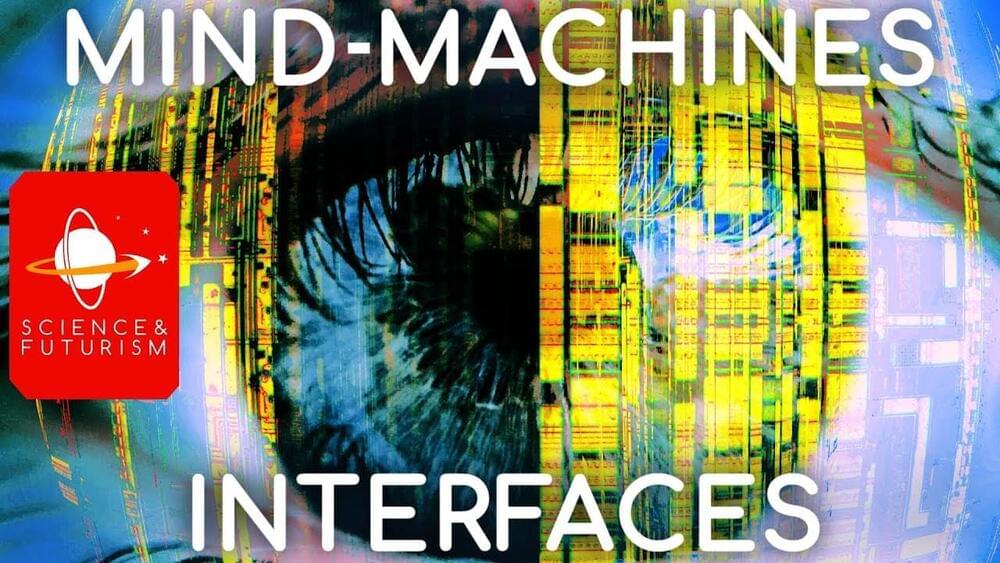
Visit our sponsor, Brilliant: https://brilliant.org/IsaacArthur/
The ability to link mind and machine has long been the realm of science fiction, but now improvements in our understanding may allow us to network brain to computer in the near future. Companies like Neurolink have begun to explore how to link our neurons to machine, and we’ll explore now such neural interfaces might function and how they might change our lives.
Neurolink Paper, “An integrated brain-machine interface platform with thousands of channels”: https://www.biorxiv.org/content/10.1101/703801v1
Nov 23, 2022
Quantum algorithms save time in the calculation of electron dynamics
Posted by Paul Battista in categories: chemistry, computing, information science, quantum physics
Researchers have investigated the capability of known quantum computing algorithms for fault-tolerant quantum computing to simulate the laser-driven electron dynamics of excitation and ionization processes in small molecules. Their research is published in the Journal of Chemical Theory and Computation.
“These quantum computer algorithms were originally developed in a completely different context. We used them here for the first time to calculate electron densities of molecules, in particular their dynamic evolution after excitation by a light pulse,” says Annika Bande, who heads a group on theoretical chemistry at Helmholtz Association of German Research Centers (HZB). Bande and Fabian Langkabel, who is doing his doctorate with her, show in the study how well this works.
“We developed an algorithm for a fictitious, completely error-free quantum computer and ran it on a classical server simulating a quantum computer of ten qubits,” says Langkabel. The scientists limited their study to smaller molecules in order to be able to perform the calculations without a real quantum computer and to compare them with conventional calculations.
Nov 23, 2022
Fractal animations with quantum computing on a Raspberry Pi
Posted by Jose Ruben Rodriguez Fuentes in categories: computing, quantum physics
By Wiktor Mazin, Jan-Rainer Lahmann, Emil Reinert and Bengt Wegner
Creators are increasingly using Qiskit to make works of quantum art. And, combined with the Raspberry Pi, you have a unique platform to create portable installations beyond the realm of your laptop.
For this project, Wiktor Mazin, Jan-Rainer Lahmann, Emil Reinert and Bengt Wegner teamed up to demonstrate quantum fractals on the Raspberry Pi. We hope to show how to get creative with quantum computers thanks to the portability and ease-of-use of the RasQberry project, while providing a short guide on how you can create your own fractal animations using python code with Qiskit, both via a direct link and via an install on a Raspberry Pi.
Nov 23, 2022
3D Printing in Breast Reconstruction: From Bench to Bed
Posted by Quinn Sena in categories: 3D printing, bioengineering, bioprinting, biotech/medical, computing
Circa 2021:3
Surgical management of breast cancer often results in the absence of the breast. However, existing breast reconstruction methods may not meet the need for a replacement tissue. Tissue engineering with the use of emerging materials offers the promise of generating appropriate replacements. Three-dimensional (3D) printing technology has seen a significantly increased interest and application in medically-related fields in the recent years. This has been especially true in complex medical situations particularly when abnormal or complicated anatomical surgical considerations or precise reconstructive procedures are contemplated. In addition, 3D bio-printing which combines cells with bio-material scaffolds offers an exciting technology with significant applications in the field of tissue engineering. The purpose of this manuscript was to review a number of studies in which 3D printing technology has been used in breast reconstructive surgical procedures, and future directions and applications of 3D bio-printing.
Breast cancer is the most common cancer diagnosed among US women and is second only to lung cancer as a cause of cancer death among women as of 2019. Because ~268,600 (almost six times than DCIS) new cases prove to be an invasive type of breast cancer (1), many women had to choose the removal of the breast, with immediate consideration for a replacement tissue. Although this was satisfactory in many patients, either saline or gel-filled breast implants (2) do carry real risks of complications such as infection, capsular contracture, implant dislocation, or deformities (3, 4). The option of autologous reconstruction can be more texturally natural aesthetically, but it requires a more complex procedure, significant time and expense, and possible muscle weakness or hernia formation at the tissue donor site (5). Tissue engineering intends to address these limitations by combining the 3D printing technology with synthetic or natural structural elements.
Continue reading “3D Printing in Breast Reconstruction: From Bench to Bed” »
